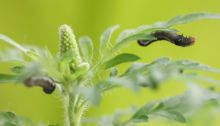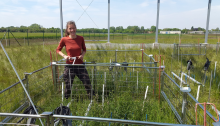Meet our new Blog Editor: F. Curtis Lubbe
We’re pleased to introduce our new Blog Editor! Curtis Lubbe joins the team to help manage the Journal of Ecology blog and publish author’s stories behind their research. Find out a bit about Curtis below: Name: F. Curtis LubbeLocation: Třeboň, Czech RepublicKeywords: belowground storage organs, drought, functional ecology, nonstructural carbohydrates, overwintering, storage Tell us a bit…









